The Cannery Tour
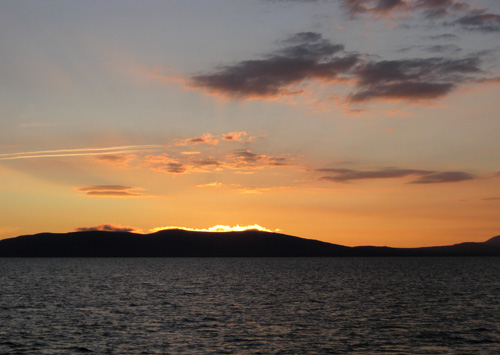
The goal for the summer was to try and get as far north as Nome, about 550 miles from False Pass. As we headed into the Bering Sea, the course was set for Cape Newenham and Security Cove on the north side of the cape (open to north winds), where Mark had spent his early years fishing herring. As we approached the Cape, after a forty-eight hour run from False Pass, the weather forecast was for a SW gale followed by NW winds. So we changed plans and made the decision to stop instead at Hagemeister Island, just south of Cape Newenham, where shelter could be sought from north or south winds.
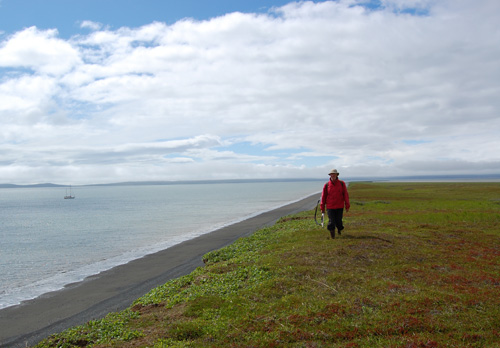
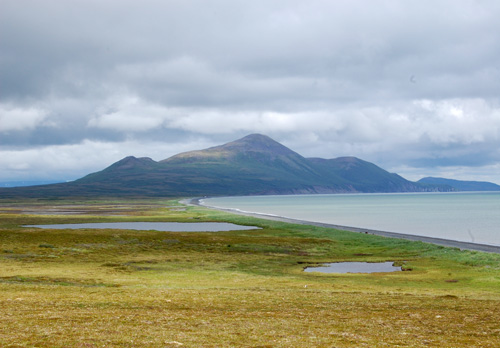
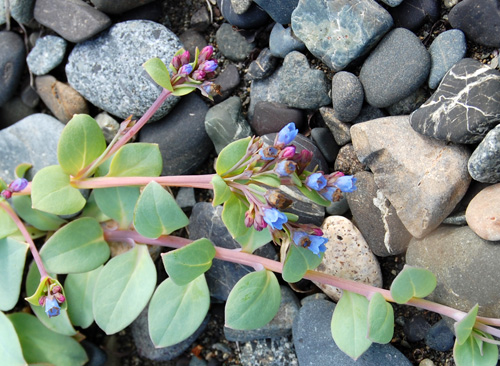
A strong current runs between Hagemeister Island and the south side of Cape Newenham, adding to any decisions to continue north. It is almost impossible to make any headway with a west wind and a flood current. So we made the best of our time getting ashore and exploring the area around the island and the mainland just to the north. The barren landscape is the beginning of the tundra and the sub arctic region typical of the delta common to the Yukon and Kuskokwim rivers.. Nine days later, after changing anchorages three time due to the shifting winds, the forecast looked good to proceed for Security Cove. It was a beautiful day as we rounded Cape Newenham and views of the radar site on top of the cape, reminding us of a similar site at Saglek, Labrador.
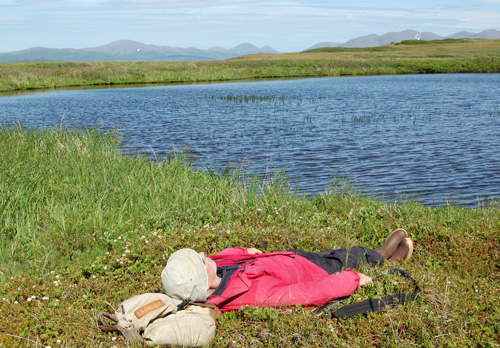
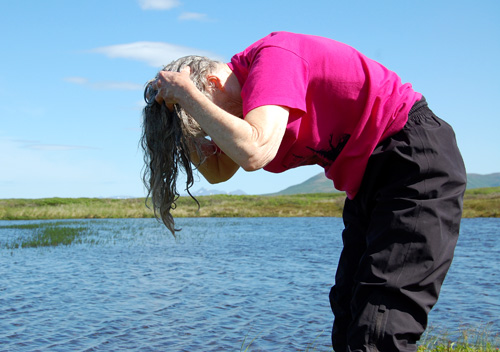
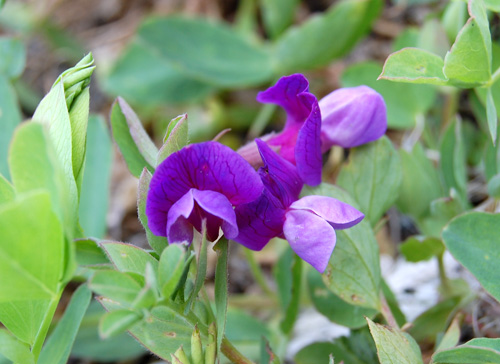
Some things are just not meant to be. We spent six days in Security Cove and had five gales from the south, making getting ashore not impossible, just not practical. In addition to the winds there was a swell that came in from the west. During our stay we were able to safely get ashore for a couple of hours before having to return to the boat. It’s so frustrating to look ashore as this fantastic area is and not be able to truly explore.
Decision time. Between Cape Newenham and Nome there are only a couple of anchorages at or near Nunavak Island, about 125 miles north of the cape. It’s another 250 miles from Nunavak to Nome across Norton Sound. Did we really want to continue north? The weather forecast was for rain and fog to continue. It decided to turn around and head back south, and with a North wind forecast, switching to SW, it was back to Hagemeister Island for another 3 days. Being able to receive Dillingham’s Public Radio station really helped pass the time!
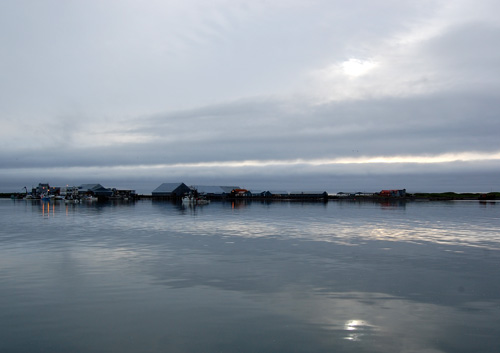
Not being in a hurry, we headed for Port Moller, 120 miles east of False Pass, a sand spit with only a cannery, no village, and a place that figures prominently in Mark‘s fishing history. In 1998 Mark’s 90 ft. tender, the Quin Delta, caught fire while running from Bristol Bay to False Pass. After abandoning ship, then re-boarding to successfully fight the fire, Mark put into Port Moller to regroup. Port Moller has been the site of a cannery for more than one hundred years, with some of the original building still in use. In the center of one now used as a warehouse still stands a steam engine that once powered the processing line via leather belts to shafts mounted overhead.

Having been well acquainted with some of the cannery personnel from prior visits, we were graciously invited to a fine bar-b-que rib dinner in their dining hall. Thank you Lee Ann!! We were also warned about the numerous brown bears in the area. Not far from the cannery we saw a mother with two cubs, and patrolling the beach at the evening’s low tide was a solitary adolescent male, showing no fear of the boats or workers a few yards away. And there was a red fox that would hang out the back door of the mess hall!
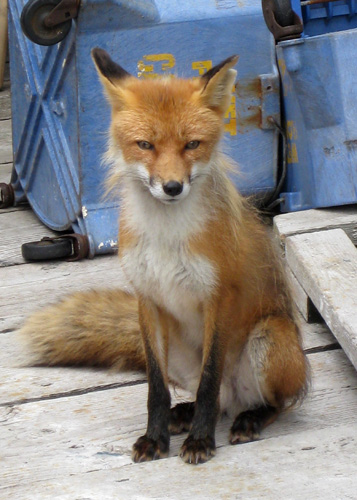
After a couple of days at the cannery we continued into Harendeen Bay, a large bay inside the Port Moller area. We were hoping to spend more time exploring but the anchorages are few, the bays deep and the winds not cooperating. The winds had been predominately strong westerlies and we needed to get to False Pass, west of Port Moller. There was a brief 15 hour window of S/SW winds so we departed, hoping not to have to bash to weather the last half of the distance. With the Bristol Bay salmon season winding down, there was a steady stream of boats heading for False Pass, so we got in line.
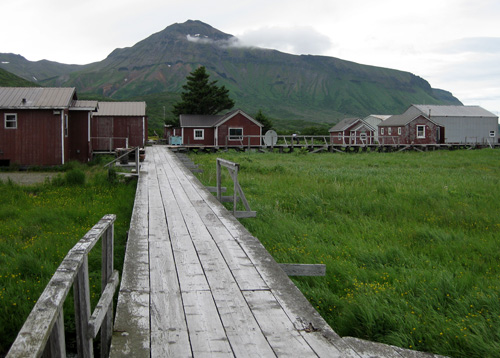
The old Peter Pan Cannery at False Pass stopped operating after a fire in 1981. Peter Pan still runs the fuel dock, allows fishermen to use the net lofts, and rents out cabins. While in the new harbor, Mark learned that the showers at the old cannery were still in use so took advantage of them. And the fresh vegetables in the small store that serves the small community were the best we’d seen in months. While in False Pass we met the sailboat, Precipice, a 30 ft wooden cutter, gaff rigged. Aboard the tiny boat was a family of four who transited the NW Passage in 2009. The family has remained in Nome, both parents having gotten jobs. They were moving their boat to Cordova, wanting to be able to cruise in more friendly waters during their vacation time.

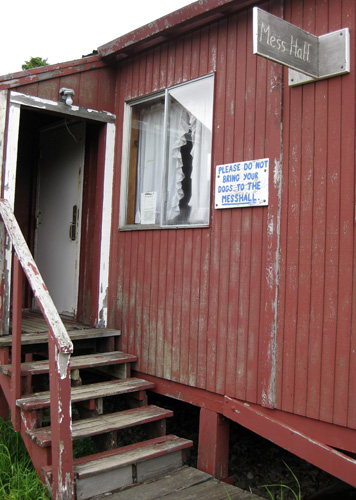
Our next goal was to get to Sanak Island, 40 miles from False Pass, to collect more rock samples (see previous post). We had heard lots of interesting stories of the island from many of it’s previous residents. The island was established as a cod out port at the turn of the 20th century, and at one point cattle ranching was attempted. The island has since been abandoned, and there are still feral cattle and horses grazing. We were able to visit for 3 days but unfortunately did not see any cattle or horses. But the island has no trees or bushes, making hiking fun and easy.
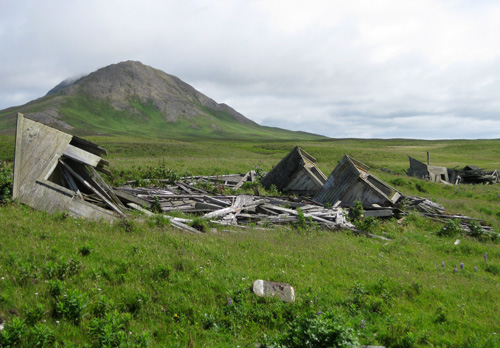
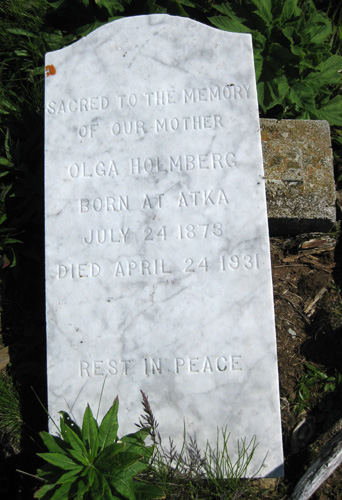
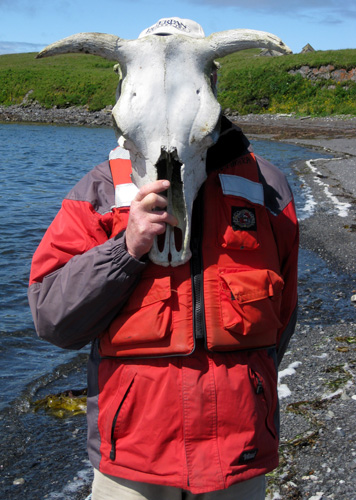
And so we begin the long journey along the Peninsula to Kodiak and back to Prince William Sound.
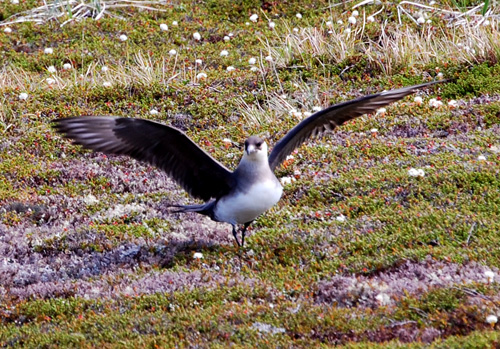
Labels: Cape Newenham, False Pass, Hegemeister Island, Port Moller, Sanak Island



2 Comments:
Nice photos and interesting log. Birdnest Spruce,, which are AK native, got rather crispy this year in Maine in 100F heat. It is the first time they have been seared in 35 years. Barbara
After 35 years, native AK Birdsnest Spruce, got scorched here in Maine this summer after a couple days of triple digit heat. Loved your log and pictures.
Post a Comment
<< Home